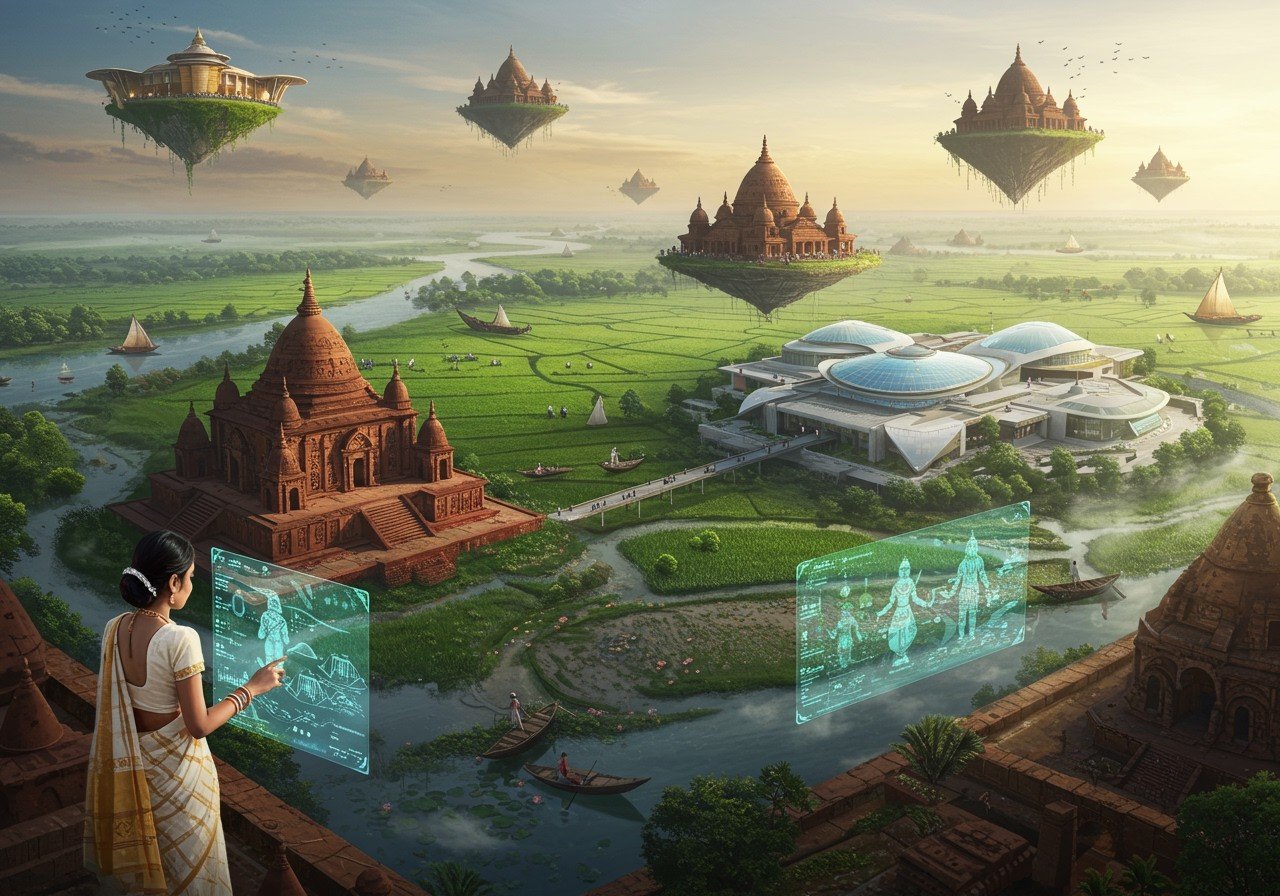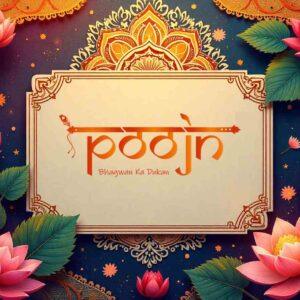
Samatata, a region steeped in history, whispers tales of ancient Bengal. Located in present-day Bangladesh, it holds a significant place in South Asian history, its cultural tapestry woven with threads of tradition and transformation. This exploration delves into Samatata’s geography, history, and cultural heritage as of 2025, showcasing its enduring legacy in a world embracing modernity.
Geography: The Landscape of Samatata
Nestled in southeastern Bangladesh, Samatata is blessed with fertile lands and the life-giving presence of the Bay of Bengal. Its tropical climate shapes the rhythm of life, influencing agriculture and daily routines. Historically, its strategic location on ancient trade routes made it a vital hub, connecting the Indian subcontinent with Southeast Asia. This geographical significance has indelibly shaped Samatata’s destiny.
History: Echoes of Ancient Dynasties
Samatata’s history unfolds like a grand epic, stretching back to ancient times. As early as the 4th century AD, the Allahabad Prashasti of Samudragupta mentions it as a frontier state. A procession of dynasties—the Gauda, Khadga, Deva, Chandra, Varman, and Sena—have left their indelible mark on this land. Archaeological discoveries unveil the stories of early settlements that flourished through trade and cultural exchange. Samatata played a pivotal role in the dissemination of Buddhism and Hinduism, enriching the spiritual landscape of the region.
-
Early Mentions: The earliest reference to Samatata comes from the Allahabad Prashasti of Samudragupta (4th century AD), where it is noted as an eastern frontier state. The Brhatsanghita (6th century AD) distinguishes Samatata and Vanga as distinct regions. This tells us that the region was already recognized as a separate entity during the Gupta period.
-
Khadga Dynasty (7th-8th Century AD): The Khadga dynasty held sway over Vanga and Samatata, establishing their capital at Karmanta-vasaka (believed to be present-day Badkamta near Comilla). This dynasty played a crucial role in shaping the political landscape of the region.
-
Deva Dynasty (8th Century AD): The Deva dynasty, devout Buddhists, ruled from their capital, Devaparvata (identified with Kotbari in Mainamati near Comilla). They enriched the region with temples, monasteries (viharas), and religious sculptures (muras), leaving behind a rich architectural legacy.
-
Chandra Dynasty: This dynasty exerted its influence over Samatata, Vanga, and even Arakan, demonstrating considerable power. Their ability to withstand the Pala Empire speaks volumes about their strength and resilience.
Culture: A Tapestry of Traditions
Samatata’s cultural heritage shimmers with the vibrant colours of traditional art forms and crafts, passed down through generations. Festivals and rituals, observed with deep reverence, reflect the region’s rich spiritual tapestry. The Mainamati archaeological site stands as a testament to the architectural ingenuity of the Deva and Chandra dynasties, showcasing unique styles that continue to inspire awe. Despite the currents of modernity, the community remains steadfast in its commitment to preserving its cultural identity, ensuring that the flame of tradition continues to burn brightly.
-
Buddhist Center: Samatata flourished as a prominent center of Buddhist civilization before the resurgence of Hinduism and the arrival of Islam. This period saw the construction of numerous monasteries and stupas, attracting monks and scholars from far and wide.
-
Mainamati: The archaeological site of Mainamati served as a vital religious and administrative hub for the Devas and Chandras, who practiced Tantric Buddhism. The ruins of monasteries, temples, and other structures offer glimpses into the rich spiritual and intellectual life of the era.
-
Trade and Commerce: Samatata was a crucial maritime trade center, connecting the Indian subcontinent with Southeast Asia. Its ports bustled with activity, facilitating the exchange of goods and ideas with regions like present-day Myanmar, Thailand, Indonesia, and Vietnam. This vibrant trade contributed significantly to the region’s economic prosperity.
Modern-Day Samatata: Embracing Progress
In the 21st century, Samatata navigates the currents of progress, witnessing socio-economic advancements in education and infrastructure. Technology and globalization are shaping contemporary culture, creating a dynamic interplay between tradition and modernity. However, environmental challenges and the need for sustainable growth remain pressing concerns. Ongoing efforts focus on preserving the precious cultural heritage of Samatata while fostering economic development that benefits all.
Samatata on the Map: A Geographic Perspective
Modern mapping techniques offer valuable insights into Samatata’s location, helping us understand how ancient boundaries relate to present-day geographical demarcations. This technology plays a crucial role in identifying and preserving historical sites, ensuring that the stories of the past are not lost to time. Understanding geographical changes over time is essential for planning the future development of the region, ensuring a harmonious balance between progress and preservation.
Poojn.in: Connecting You to Samatata’s Cultural Heritage
For those seeking to connect with the spiritual richness of Samatata and Bengal, Poojn.in offers a curated selection of authentic puja items and ritual materials. We understand the deep significance of these traditions and strive to provide you with the finest quality products:
-
Traditional Bengali Puja Items: Discover a wide range of items specifically used in Bengali customs, allowing you to perform rituals with authenticity and reverence. Explore our collection of holy utensils and other essential items.
-
Exquisite Metalwork: Adorn your puja space with beautiful holy idols and other items crafted from pure copper and brass, reflecting the rich metalwork traditions of Bengal. These pieces add a touch of elegance and sanctity to your rituals.
-
Sacred Items from Bengal: We offer Gangajal and other sacred items sourced from revered religious sites in Bengal, ensuring the purity and authenticity of your puja materials. These items bring a special blessing to your spiritual practices.
Our knowledgeable team is available to guide you in selecting the appropriate items for your Bengali rituals and ceremonies. We offer pan-India delivery, taking special care with fragile items to ensure they reach you in perfect condition. For personalized assistance, please call us at 03369029784 or WhatsApp us at 9476142738.
Visit Poojn.in today to explore our complete collection of authentic Bengali puja items. We are committed to providing quality packaging and timely delivery, upholding the sanctity of all ritual items.
Note: Product availability may vary. Please check our website for current stock and prices.
Conclusion: A Legacy of Heritage and Progress
Samatata, in 2025, stands as a vibrant testament to the enduring power of heritage and the promise of progress. It is a land where the whispers of ancient dynasties mingle with the hum of modern advancements. Its fertile geography continues to nurture its people, while its rich history serves as a constant reminder of its significant contribution to South Asian culture. The people of Samatata cherish their cultural heritage, keeping its vibrant traditions alive. As the region embraces the future, it remains committed to preserving its unique identity, ensuring that the legacy of Samatata continues to inspire generations to come.


